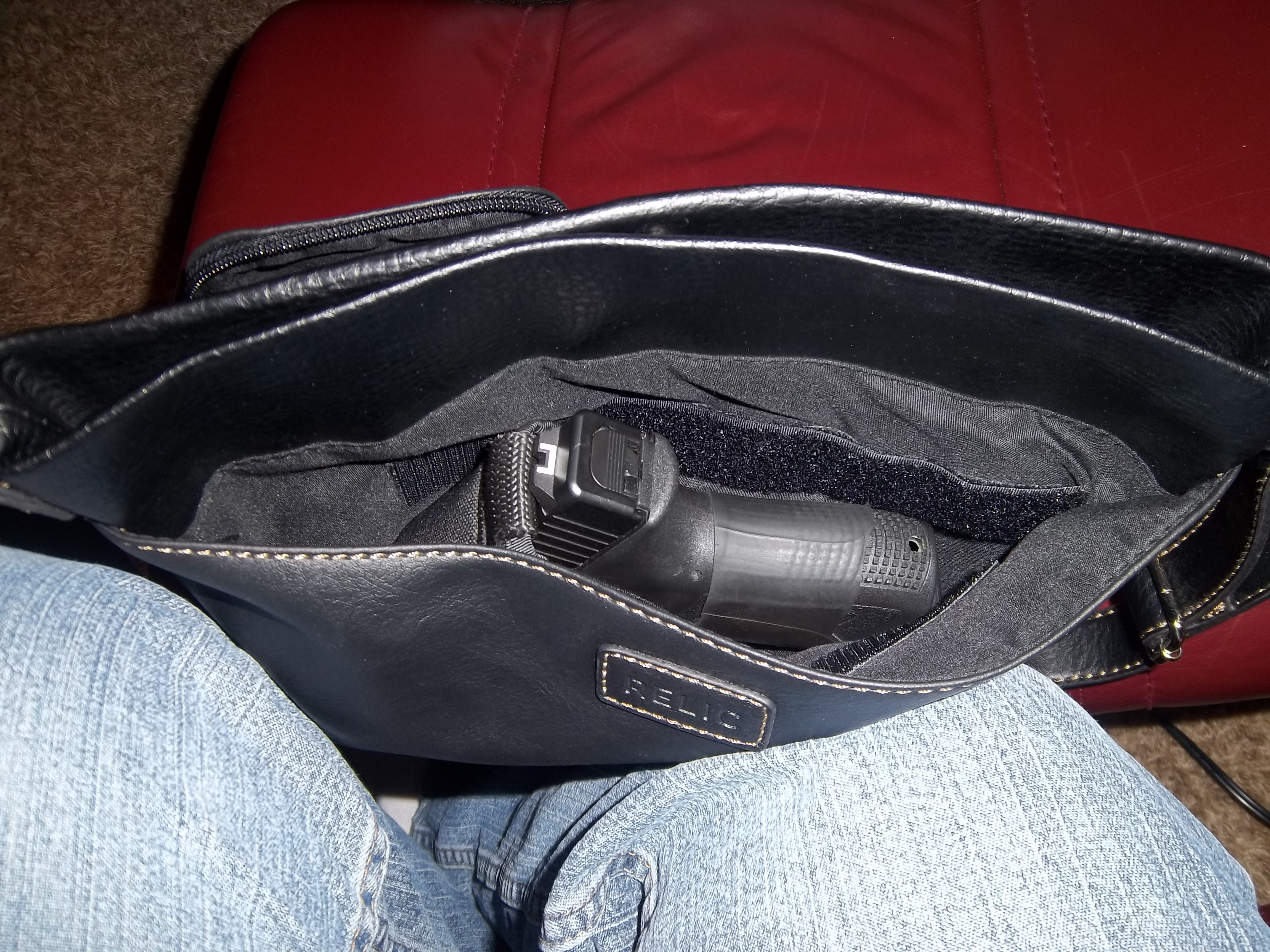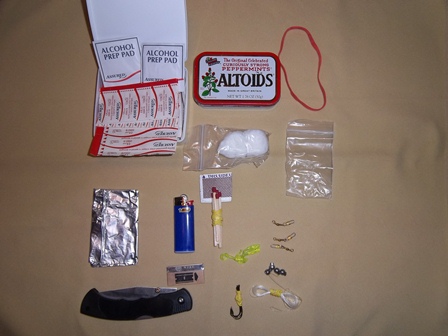This guest post was written by Lee Flynn.
5 Things to Keep in Your Car in Case of Emergencies
There are a few key items that every person should keep in their vehicle for emergencies. If a person becomes stranded, these items can help keep them alive until help arrives. The most important thing is to prepare ahead of time because no one knows when their vehicle might break down, or a natural disaster will strand them without help.
5 Things to Keep in Your Car in Case of Emergencies
There are a few key items that every person should keep in their vehicle for emergencies. If a person becomes stranded, these items can help keep them alive until help arrives. The most important thing is to prepare ahead of time because no one knows when their vehicle might break down, or a natural disaster will strand them without help.
Canned Goods and Water
FEMA suggests the people who are preparing for emergency situations keep at least a half a gallon of water available per person. The minimum amount of time to prepare for is three days. Keeping canned goods on hand is very helpful because they stay sealed, can be heated over a fire, and can be eaten cold if necessary. FEMA also says that each person should have enough food for at least one full meal a day to maintain strength and energy levels in an emergency situation. Emergency food is a vital part of being prepared for the unexpected. A can opener and a knife are other handy items to keep with food stores.
First Aid Kit
People should always keep a first aid kit in their vehicle and home at all times. There should be bandages, gauze, antiseptic, tape, scissors, antibiotic cream, tweezers, Q-tips or cotton balls, Benadryl and plastic bags in an emergency first aid kit. Any scrapes or cuts can be cleaned and bandaged right away if the necessary supplies are on hand. If an allergic reaction occurs from being stranded in an area where allergens are present, then the person can counteract the reaction with Benadryl. This medicine is an extremely important step for people who are severely allergic to anything in nature like bees or poison ivy. The plastic bags can be used as a clean surface while bandaging a wound.
Bible
A Christian will always want to keep an extra Bible handy to help give them strength through the tough time of being stranded. Verses on perseverance are helpful to read in times of despair. The Bible also gives the person something to do to keep their mind off from the danger they are in when emergencies hit.
Alternative Power Source
Besides keeping a flashlight and extra batteries handy, it is also important to have an extra power source like a jump pack or 12-volt battery. The battery pack can be used to give the car a jump in cold weather to help keep people warm. The alternative power source can also serve to power cell phones to call for help. Another advantage of having an alternative power source is the ability to use it to create a spark to make a fire for warmth. The fire that can be created from the jump pack can also be used to signal for help in case there are no cell signals.
Warm Clothing and Blankets
Another set of items to keep in a vehicle in case of being stranded are extra blankets, coats, gloves, hats, and scarves. People who are traveling in the winter or in places where the temperatures drop in the night should always have warm items to protect them from hypothermia. Clothing can be layered for comfort and warmth while waiting for help. Every person should have at least one warm blanket ready in case of emergencies.
Keeping an emergency kit in the trunk lets people travel with ease. People never know when they may get stranded in an area where there is very little or no help nearby. Items in the emergency kit should be stored in a cool, dry container like a large storage tote. Using large Ziplock bags for clothing storage is a good way to protect items in case of a flood or a leak in the trunk.
If you liked this article please think about sharing it on the social media listed below, thanks!




























